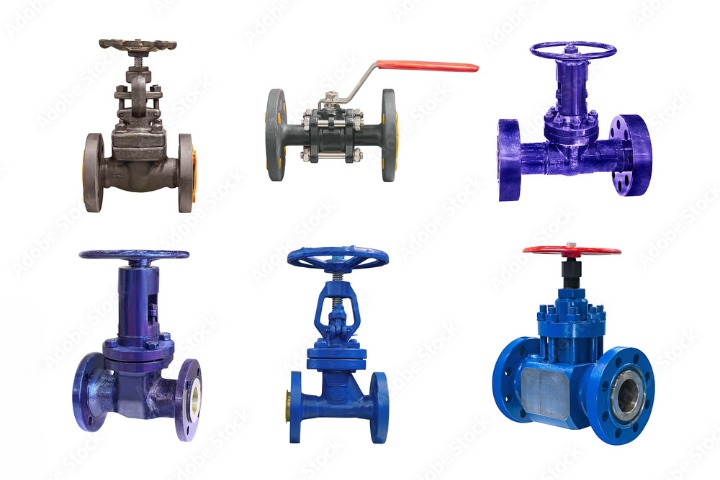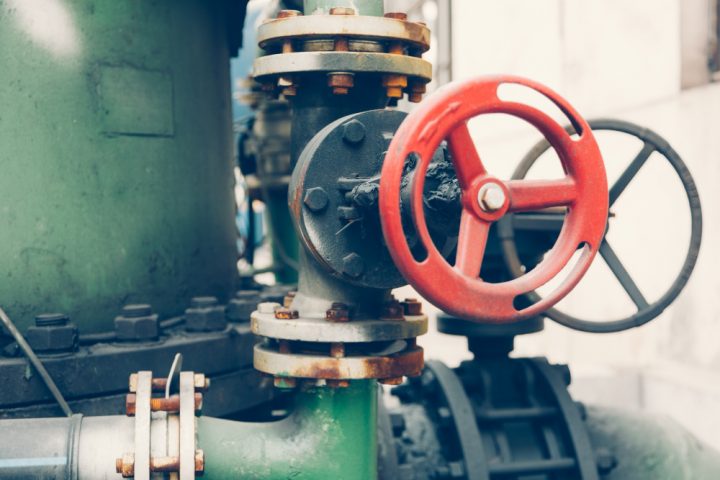Introduction:
In the realm of fluid control, where the steady flow of liquids or gases is paramount, the check valve stands as a guardian, ensuring that substances move only in the intended direction. Check valves, also known as non-return valves or one-way valves, come in various designs and configurations, each tailored to specific applications and operating conditions. Understanding these diverse types of check valves is crucial for engineers, technicians, and anyone involved in fluid systems. In this comprehensive overview, we delve into the intricacies of different check valve types, their functionalities, and the scenarios in which they excel.
1. Swing Check Valves:
Swing check valves are among the most common types, recognizable by their swinging disc or flap mechanism. The disc opens in response to forward flow, allowing fluid to pass through, while it swings closed to prevent backflow when the flow direction reverses. These valves are efficient in applications with moderate flow rates and provide low resistance to fluid movement. They find extensive use in wastewater systems, sewage treatment plants, and industrial processes where reliable one-way flow control is essential.
2. Ball Check Valves:
Ball check valves feature a spherical obstruction (ball) within a cylindrical body. When fluid flows in the desired direction, the ball is pushed aside, permitting passage. Upon flow reversal, the ball returns to its seat, preventing backflow. Ball check valves are compact, provide quick response times, and are ideal for applications with high flow rates and low viscosity fluids. They are commonly employed in irrigation systems, water treatment plants, and pneumatic systems.
3. Diaphragm Check Valves:
Diaphragm check valves utilize a flexible diaphragm to regulate flow. When forward pressure is applied, the diaphragm flexes, allowing fluid passage. However, when the pressure decreases or reverses, the diaphragm seals against the valve seat, preventing backflow. Diaphragm check valves are versatile, offering excellent sealing properties and compatibility with corrosive fluids. They find utility in chemical processing, pharmaceutical manufacturing, and oil and gas applications.
4. Lift Check Valves:
Lift check valves feature a disc or piston that moves vertically to regulate flow. When the fluid pressure exceeds the set threshold, the disc lifts, enabling flow. Upon pressure reduction or reversal, the disc settles onto the seat, halting backflow. Lift check valves are robust, suitable for high-pressure systems, and exhibit minimal leakage. They are prevalent in steam systems, boiler feedwater control, and power generation plants.
5. Tilting Disc Check Valves:
Tilting disc check valves employ a hinged disc that tilts to allow forward flow and returns to a closed position to prevent reverse flow. This design offers reduced pressure drop compared to swing check valves and is less susceptible to slamming. Tilting disc check valves are favored in applications where rapid closure is essential, such as pump discharge lines, firefighting systems, and offshore platforms.
6. Dual Plate Check Valves:
Dual plate check valves feature two semicircular discs that hinge on a central shaft. These discs open in response to forward flow, permitting passage, and close to prevent backflow. Dual plate check valves are compact, lightweight, and offer quick response times. They are commonly used in HVAC systems, cooling water circuits, and municipal water distribution networks.
7. Duckbill Check Valves:
Duckbill check valves consist of a flexible elastomer sleeve with a duckbill-shaped opening. When there is forward flow, the pressure forces the bill open, allowing fluid passage. In the absence of flow or upon flow reversal, the bill closes, preventing backflow. Duckbill check valves are ideal for applications with abrasive or viscous fluids and offer excellent resistance to clogging. They are employed in wastewater treatment, mining operations, and drainage systems.
Conclusion:
Check valves play a vital role in ensuring the efficiency, safety, and reliability of fluid systems across various industries. By understanding the distinct characteristics and functionalities of different check valve types, engineers and technicians can select the most suitable option for their specific applications. Whether it’s swing, ball, diaphragm, lift, tilting disc, dual plate, or duckbill, each type offers unique advantages tailored to diverse operational requirements. With this comprehensive overview, navigating the complexities of check valve selection becomes more accessible, facilitating optimal performance and fluid control in a wide range of settings. Find List of Check Valves Manufacturers and Suppliers Companies from Enggpro: For those seeking reliable sources for procuring check valves, Enggpro provides a comprehensive directory of manufacturers and suppliers. Enggpro connects buyers with reputable companies offering a diverse range of industrial products, including check valves. By accessing Enggpro’s platform, engineers and procurement professionals can streamline the sourcing process, ensuring access to high-quality check valves that meet their exact specifications and standards. Visit Enggpro today to explore a vast network of trusted suppliers and simplify your procurement journey.



